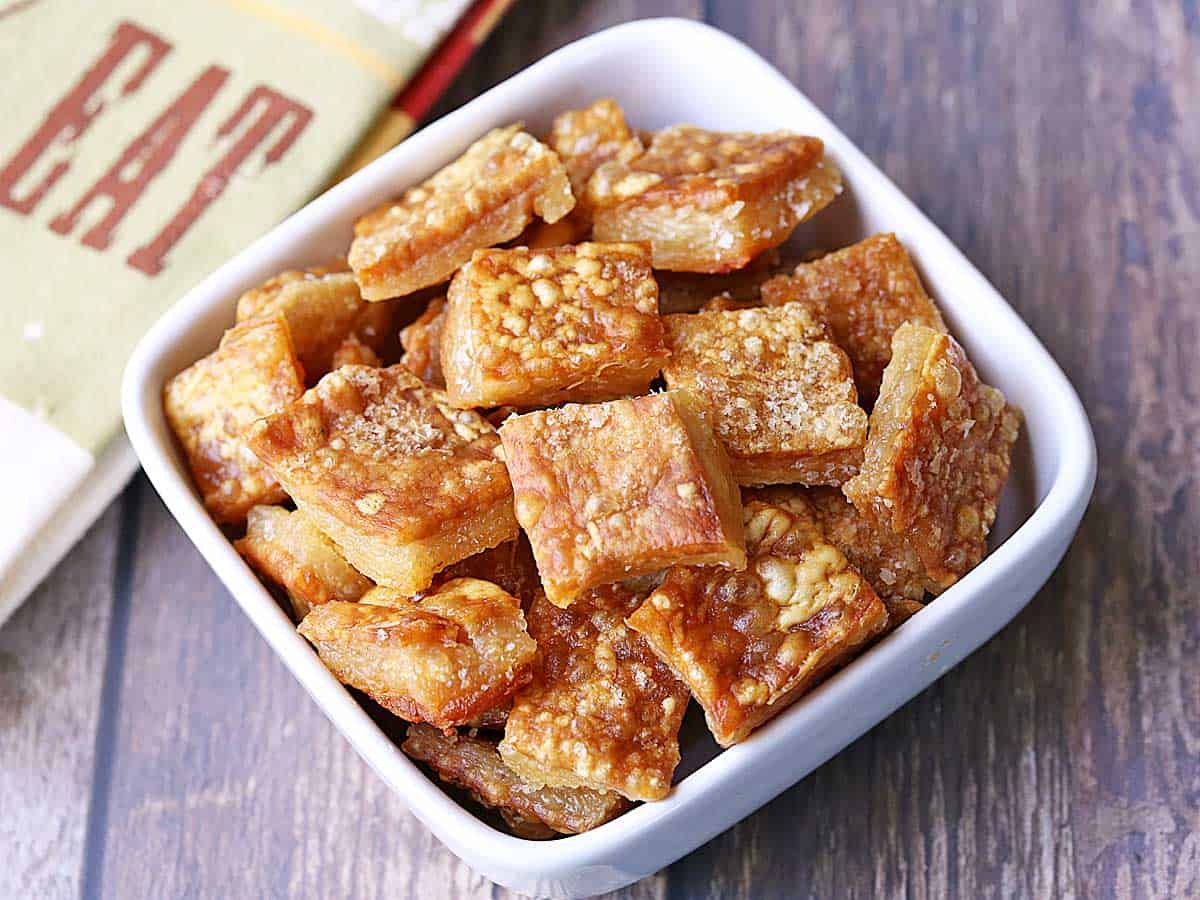

Articles
How To Store Chicharrones
Modified: December 7, 2023
Learn the best techniques for storing chicharrones in this informative article. Discover how to keep them crispy and fresh for longer.
(Many of the links in this article redirect to a specific reviewed product. Your purchase of these products through affiliate links helps to generate commission for Storables.com, at no extra cost. Learn more)
Introduction
Welcome to the world of chicharrones! If you’re a fan of crispy, flavorful pork rinds, then you’re in for a treat. Chicharrones, also known as pork cracklings, are a popular snack enjoyed in many cultures around the world. These crunchy morsels of fried pork skin offer a unique texture and a rich, savory taste that is hard to resist.
Whether you’ve made your own chicharrones from scratch or purchased them from a store, it’s important to know how to properly store them to maintain their freshness and crunch. Proper storage not only ensures that your chicharrones remain delicious but also extends their shelf life, allowing you to enjoy them for longer.
In this article, we will explore the best methods for storing chicharrones and provide you with some handy tips to keep them as fresh and crispy as possible. So, let’s dive in and discover the secrets to storing chicharrones!
Key Takeaways:
- Properly storing chicharrones in airtight containers, freezing them, or vacuum sealing them preserves their freshness, texture, and flavor, ensuring extended shelf life and delightful snacking experiences.
- Avoiding exposure to air, moisture, direct sunlight, and strong odors is crucial for maintaining the desirable crunch of chicharrones, while proper portioning and frequent checking help minimize waste and ensure the best eating experience.
Read more: How To Store Store-Bought Bread
What are Chicharrones?
Chicharrones are a beloved snack made from pork skin that has been fried until crispy. The process of making chicharrones involves removing the fat from the pork skin and then frying it until it puffs up and turns golden brown. This results in a light and airy texture that is incredibly satisfying to bite into.
Chicharrones can be found in various forms and flavors around the world. In Latin America, they are commonly seasoned with salt and served as a crispy snack on their own. In the Philippines, they are known as “chicharon” and are often served with vinegar or spicy dipping sauces. In some Asian countries, chicharrones are made with a mix of pork skin and meat, resulting in a chewier texture and a more robust flavor.
The appeal of chicharrones lies in their crispy and crunchy texture, as well as their bold, savory flavor. The frying process renders the fat from the pork skin, resulting in a deliciously rich and indulgent snack. Chicharrones are often enjoyed as a standalone snack, but they can also be used as a topping for salads, soups, or even incorporated into dishes like tacos or nachos for an extra layer of crunch.
Due to their popularity, chicharrones can be found in various stores, both pre-packaged and freshly prepared. However, homemade chicharrones offer a level of freshness and customization that is hard to beat. If you’re feeling adventurous, you can try making your own chicharrones using different seasonings and flavors to suit your taste.
Now that we have a better understanding of what chicharrones are, let’s explore why it is important to store them properly to maintain their quality and prolong their shelf life.
Why Store Chicharrones Properly?
Properly storing chicharrones is essential to preserve their quality and prolong their shelf life. Here are a few reasons why it is important to store chicharrones properly:
- Freshness: When chicharrones are exposed to air and moisture, they can quickly lose their crispness and become stale. Storing them properly helps to maintain their freshness, ensuring you can enjoy their delightful crunch every time you reach for a snack.
- Texture: One of the most satisfying aspects of chicharrones is their crispy texture. However, improper storage can cause them to become soft and lose their crunch. By storing them correctly, you can preserve their desired texture and enjoy them as they were intended.
- Prolonged Shelf Life: Chicharrones, like any other food product, are subject to spoilage. By storing them properly, you can extend their shelf life and minimize the risk of them going bad. This allows you to savor your favorite snack for a longer period of time.
- Food Safety: Proper storage prevents the growth of bacteria and other harmful microorganisms that can cause foodborne illnesses. Following the correct storage practices ensures that your chicharrones remain safe to eat and free from any potential health risks.
- Cost Savings: If you’ve made or purchased a large quantity of chicharrones, storing them properly can save you money by reducing waste. By extending their freshness and shelf life, you can avoid having to throw away stale or spoiled chicharrones.
Now that we understand the importance of storing chicharrones properly, let’s explore some tips and methods to help you keep your chicharrones fresh and crunchy for as long as possible.
Tips for Storing Chicharrones
To ensure that your chicharrones stay fresh and crispy, here are some helpful tips for storing them:
- Keep them in an airtight container: Chicharrones are sensitive to air and moisture, which can quickly lead to loss of crispness. Store them in airtight containers to minimize exposure to air and help retain their crunch. Choose containers that are the right size to avoid excess air space.
- Store in a cool, dry place: Chicharrones are best kept in a cool and dry environment. Moisture and humidity can cause them to become soft and lose their crispness. Avoid storing them in the refrigerator or near areas of high humidity, like the kitchen sink.
- Avoid direct sunlight: Exposing chicharrones to direct sunlight can lead to the breakdown of their texture and flavor. Store them in a dark place or in a cupboard away from direct sunlight to maintain their quality.
- Separate flavors: If you have chicharrones with different flavors or seasonings, it’s best to store them separately to avoid flavor transfer. This will help preserve the original taste of each batch.
- Avoid contact with moisture: Moisture is the enemy of crispy chicharrones. Make sure your hands are dry when handling them, and avoid storing them near foods with high moisture content, as it can cause them to become soggy.
- Use silica gel packets: Placing silica gel packets in the container with your chicharrones can help absorb any excess moisture and maintain their crispness.
- Consume opened packages first: If you have multiple packages of chicharrones, it’s a good idea to consume the opened ones first as they are more likely to lose their freshness faster.
- Frequent checking: Regularly check on your stored chicharrones to ensure they are still fresh and crispy. If you notice any signs of spoilage, such as a rancid smell or a change in texture, it’s best to discard them.
By following these tips, you can ensure that your chicharrones stay fresh, crispy, and delicious for an extended period of time. However, if you’re looking for longer-term storage solutions, continue reading to discover different methods for storing chicharrones.
Method 1: Storing Chicharrones in an Airtight Container
One of the simplest and most effective ways to store chicharrones is by using an airtight container. Here’s how you can do it:
- Transfer your chicharrones into a clean and dry airtight container. Make sure the container is large enough to hold all the chicharrones without overcrowding them.
- Seal the container tightly to prevent any air or moisture from getting in.
- Label the container with the date of storage to help you keep track of their freshness.
- Store the container in a cool, dry place away from direct sunlight.
- When you’re ready to enjoy the chicharrones, simply open the container and savor the crispy goodness.
By storing your chicharrones in an airtight container, you are protecting them from exposure to air and moisture, which can quickly make them lose their crunch. This method is especially useful for short-term storage, allowing you to enjoy your chicharrones for up to a couple of weeks while maintaining their quality.
However, if you’re looking for a longer-term storage solution, freezing your chicharrones can be a great option. Continue reading to learn how to freeze chicharrones for extended freshness.
Store chicharrones in an airtight container at room temperature to maintain their crispiness. Avoid storing them in the refrigerator, as the moisture can make them soggy.
Read more: How To Store Basil From Grocery Store
Method 2: Freezing Chicharrones for Long-term Storage
If you have a large quantity of chicharrones and want to store them for an extended period, freezing is a great option. Freezing your chicharrones helps to preserve their freshness and crispness. Here’s how to freeze chicharrones:
- Allow your chicharrones to cool completely to room temperature. Placing warm chicharrones directly into the freezer can result in condensation, which can make them soggy.
- Divide your chicharrones into portion sizes that you’re likely to use at a time. This way, you can thaw and enjoy only the amount you need, without having to defrost the whole batch.
- Place the portioned chicharrones in a freezer-safe plastic bag or airtight container.
- Squeeze out any excess air from the bag or use a vacuum sealer to remove the air and seal it tightly. If using a container, ensure it is securely closed.
- Label the bag or container with the date of freezing to keep track of how long they’ve been stored.
- Put the chicharrones in the freezer and make sure they are stored away from any items that can cause freezer burn, such as raw meat or strong-smelling foods.
Frozen chicharrones can be stored for several months, allowing you to enjoy them at your convenience. When you’re ready to eat them, simply remove the desired portion from the freezer and let them thaw at room temperature for about 10-15 minutes. The chicharrones will retain their crispy texture and delicious flavor.
Please note that while freezing is a suitable method for long-term storage, multiple freeze-thaw cycles can affect the texture of chicharrones. Therefore, it’s best to freeze them in individual portions to minimize the need for thawing and refreezing.
Next, let’s explore another method for storing chicharrones that provides extended freshness and protection against air and moisture: vacuum sealing.
Method 3: Vacuum Sealing Chicharrones for Extended Freshness
Vacuum sealing is an excellent method for storing chicharrones as it helps preserve their freshness and protects them from air and moisture. Here’s how you can vacuum seal your chicharrones:
- Ensure your chicharrones are completely cooled to room temperature before vacuum sealing. Warm chicharrones may create condensation, which can affect their texture.
- Divide your chicharrones into portion sizes that you’re likely to use at a time.
- Place the chicharrones into a vacuum-seal bag, leaving enough space at the top for sealing.
- Using a vacuum sealer, remove the air from the bag and seal it tightly. If you don’t have a vacuum sealer, you can use a resealable plastic bag and try the water displacement method: submerge the bag in water while leaving a small opening, allowing the water pressure to push the air out before sealing it.
- Label the bag with the date of sealing to track their freshness.
- Store the vacuum-sealed chicharrones in a cool, dry place away from sunlight.
Vacuum sealing removes the air from the bag, preventing oxidation and prolonging the shelf life of the chicharrones. The vacuum-sealed bags provide an extra layer of protection against moisture and any potential contaminants, ensuring that your chicharrones remain fresh, crispy, and flavorful.
When you’re ready to enjoy the chicharrones, simply open the vacuum-sealed bag, and they will be as fresh as the day you sealed them. You can eat them as is or reheat them in the oven or microwave to restore their crispiness.
Using the vacuum sealing method allows you to store chicharrones for an extended period, easily reaching several months without compromising their quality. It’s a convenient option for those who want to stock up on chicharrones or prefer to have them readily available whenever a craving strikes.
Now that we’ve explored the various methods for storing chicharrones, let’s discuss some important things to avoid when storing this delicious snack.
Things to Avoid When Storing Chicharrones
When it comes to storing chicharrones, there are a few things to avoid to ensure they maintain their freshness and quality. By avoiding these common pitfalls, you can enjoy your chicharrones at their best:
- Avoid exposure to air: Air is the enemy of crispy chicharrones. Be sure to store them in airtight containers, bags, or use vacuum sealing to minimize air exposure.
- Avoid moisture: Moisture can quickly turn crispy chicharrones into a soft, soggy mess. Store them in a cool and dry place, and ensure they are completely cooled before packaging.
- Avoid direct sunlight: Exposure to direct sunlight can accelerate the breakdown of the chicharrones’ texture and flavor. Store them in a dark place or a cupboard away from sunlight.
- Avoid overcrowding: Overcrowding chicharrones can lead to compression and loss of crispiness. Make sure to store them in containers or bags with enough space to prevent crushing or compacting.
- Avoid strong odors: Chicharrones can absorb strong odors easily, which can alter their taste. Keep them away from strong-smelling foods or substances to maintain their original flavor.
- Avoid refrigeration: While refrigeration may seem like a good idea, it can actually cause chicharrones to become soft. They are best stored at room temperature in a cool and dry place.
- Avoid frequent temperature changes: Rapid temperature changes can cause chicharrones to absorb moisture from the air, resulting in loss of crispness. Store them in a consistent environment to maintain their desired texture.
By avoiding these factors, you can ensure that your chicharrones remain fresh, crispy, and delicious for as long as possible. Following proper storage practices will allow you to enjoy the full flavor and satisfying crunch of chicharrones whenever you crave them.
Now that we’ve covered important tips and methods for storing chicharrones, let’s address some frequently asked questions to further enhance your knowledge.
Frequently Asked Questions (FAQs)
Q: Can I store homemade chicharrones the same way as store-bought ones?
A: Yes, homemade and store-bought chicharrones can be stored using the same methods. Just ensure that they are properly cooled and stored in airtight containers or vacuum-sealed bags.
Q: How long can I store chicharrones?
A: When stored correctly, chicharrones can stay fresh for up to a few weeks in an airtight container, several months in the freezer, and even longer when vacuum-sealed.
Q: Can I refreeze chicharrones after thawing?
A: It’s best to avoid refreezing chicharrones as multiple freeze-thaw cycles can affect their texture and quality. It’s recommended to portion them before freezing to minimize the need for refreezing.
Q: Can chicharrones be stored in the refrigerator?
A: Refrigeration is not recommended for storing chicharrones as it can make them soft and less crispy. It’s best to store them in a cool, dry place at room temperature.
Q: Can I store flavored chicharrones together?
A: It’s generally best to store flavored chicharrones separately to avoid flavor transfer. This ensures that each batch retains its unique taste. If storing them together, make sure they are well-sealed to minimize flavor mixing.
Q: How do I know if chicharrones have gone bad?
A: If chicharrones have an off smell, a rancid taste, or are soft and chewy instead of crispy, it is an indication that they have gone bad. It’s best to discard them to avoid any potential health risks.
Q: Can I store chicharrones in the pantry?
A: Yes, as long as the pantry is cool, dry, and free from excess moisture. Avoid storing them near the stove or sink, which can introduce humidity.
Q: Can I reheat stored chicharrones?
A: Yes, you can reheat chicharrones to restore their crispness. Place them in a preheated oven at a low temperature for a few minutes or microwave them briefly, being careful not to overheat and burn them.
Remember, proper storage is key to maintaining the quality and freshness of your chicharrones. By following these guidelines, you can enjoy these delectable snacks whenever you please!
Now that we’ve covered the FAQs, let’s wrap up the article.
Read more: How To Store Jordans
Conclusion
Properly storing chicharrones is essential to maintain their freshness, texture, and flavor. Whether you’ve made them at home or purchased them from a store, following the right storage practices ensures that you can enjoy these crispy delights for an extended period of time.
By storing chicharrones in airtight containers, freezing them for long-term storage, or vacuum sealing them, you can preserve their quality and extend their shelf life. Avoiding exposure to air, moisture, direct sunlight, and strong odors is crucial in maintaining their desirable crunch.
When storing chicharrones, it’s important to consider factors like temperature, humidity, and proper portioning to minimize waste and ensure the best possible eating experience. Frequent checking, labeling, and consuming opened packages first are also recommended to keep track of freshness.
With these tips and storage methods, you can confidently enjoy your favorite chicharrones whenever the craving strikes. Whether you’re snacking on them alone or incorporating them into dishes, your stored chicharrones will be fresh, crispy, and ready to satisfy your taste buds.
So, make sure to store your chicharrones properly, maintain their freshness, and indulge in these deliciously crispy treats for as long as possible.
Happy snacking!
Frequently Asked Questions about How To Store Chicharrones
Was this page helpful?
At Storables.com, we guarantee accurate and reliable information. Our content, validated by Expert Board Contributors, is crafted following stringent Editorial Policies. We're committed to providing you with well-researched, expert-backed insights for all your informational needs.
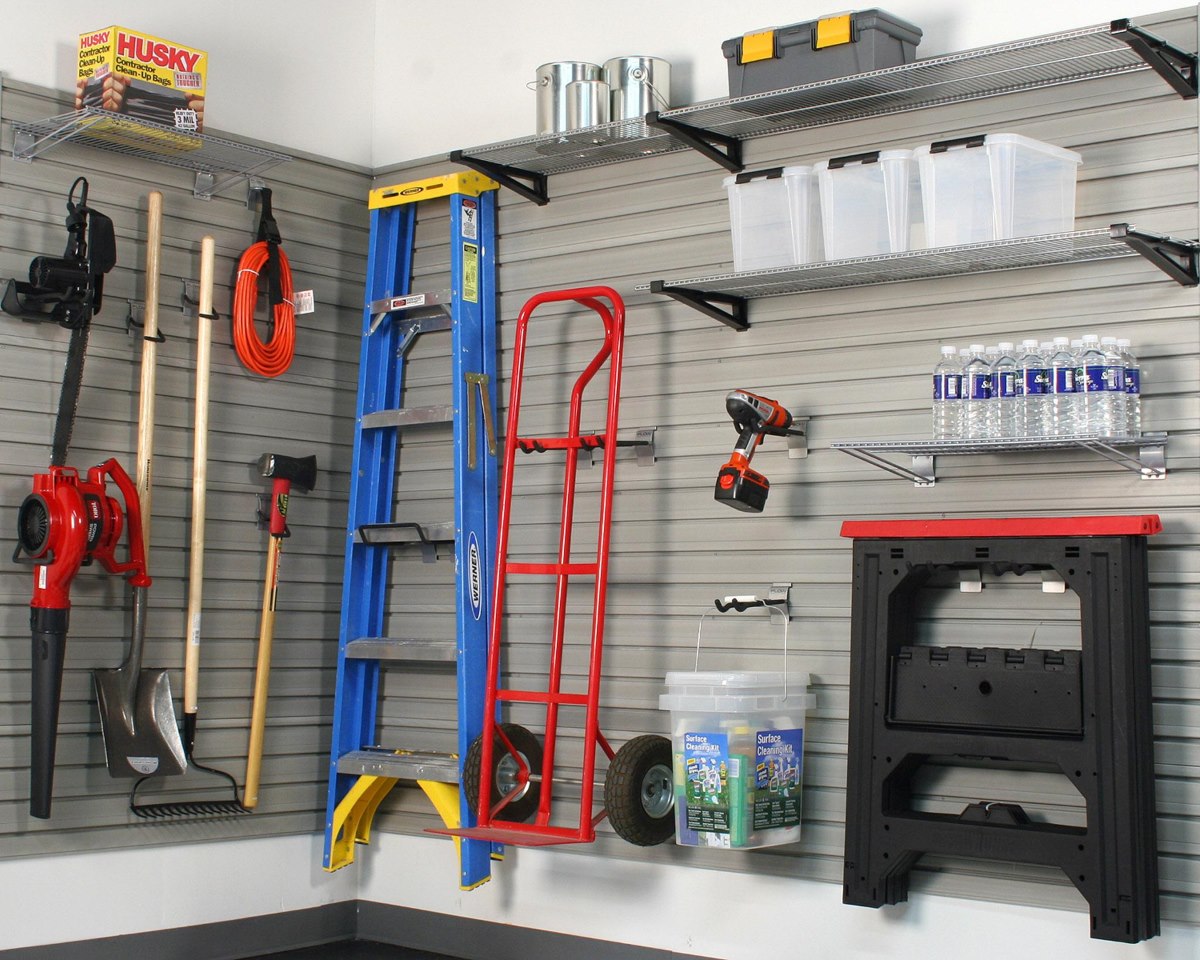

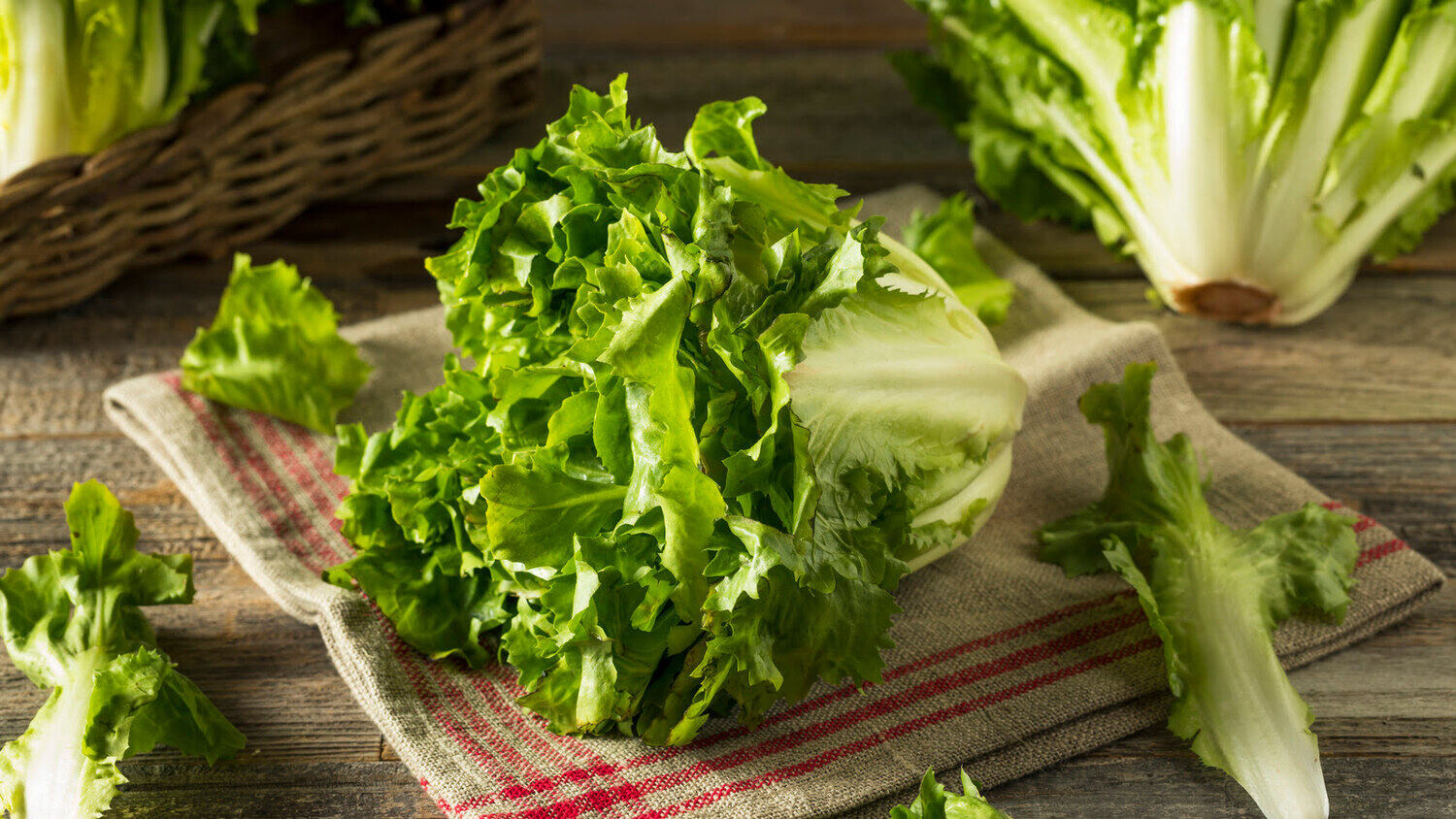
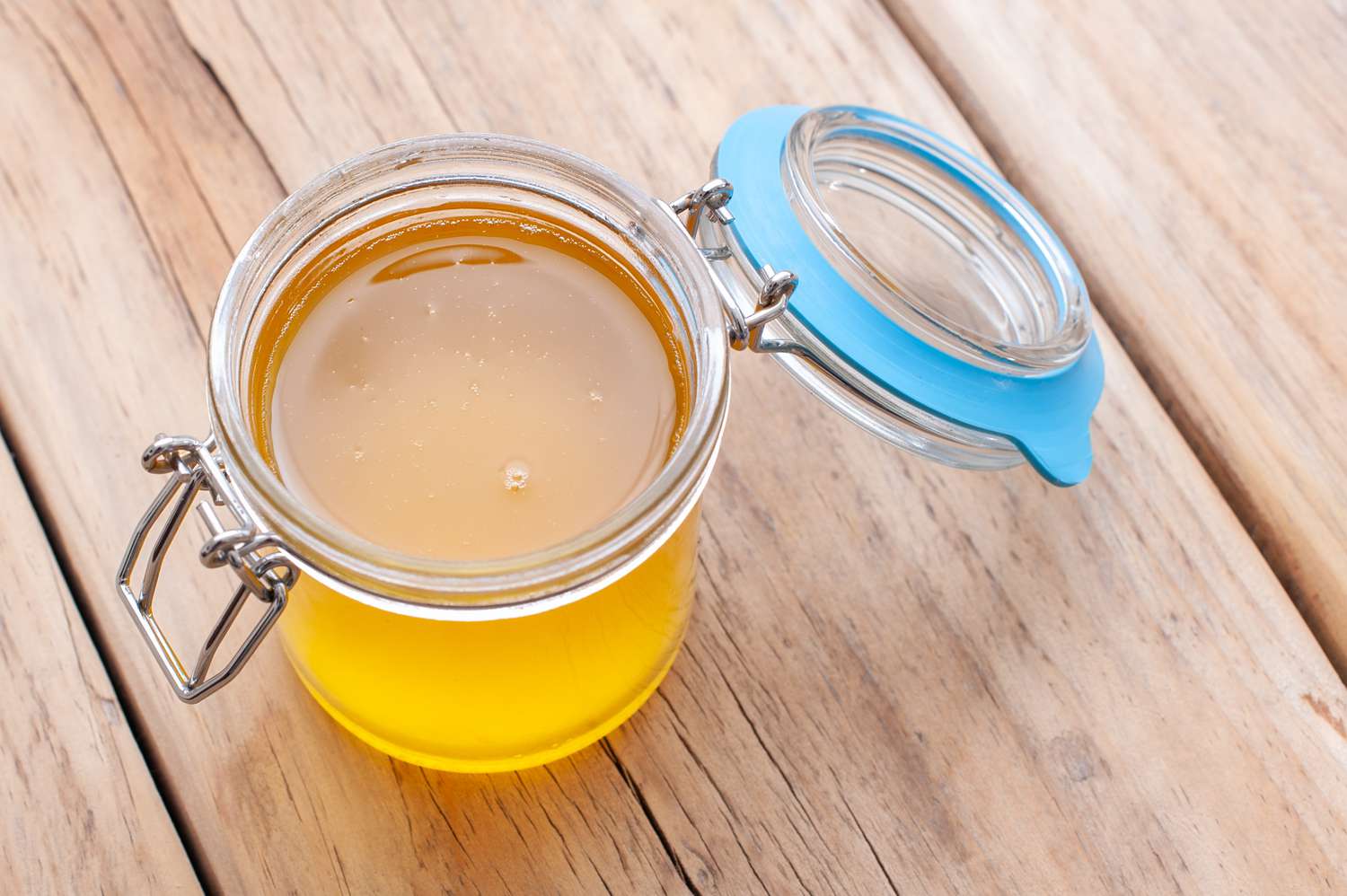
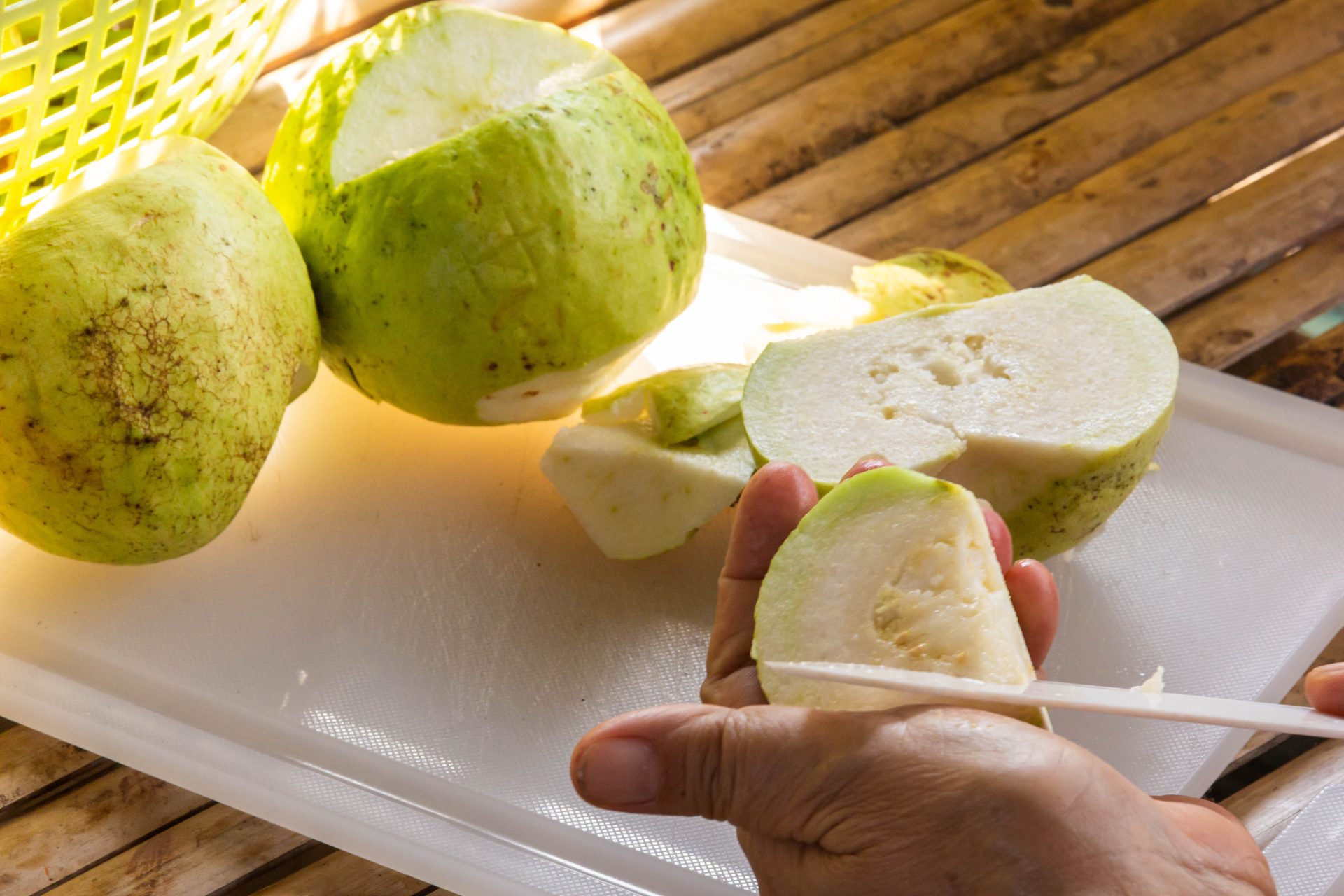
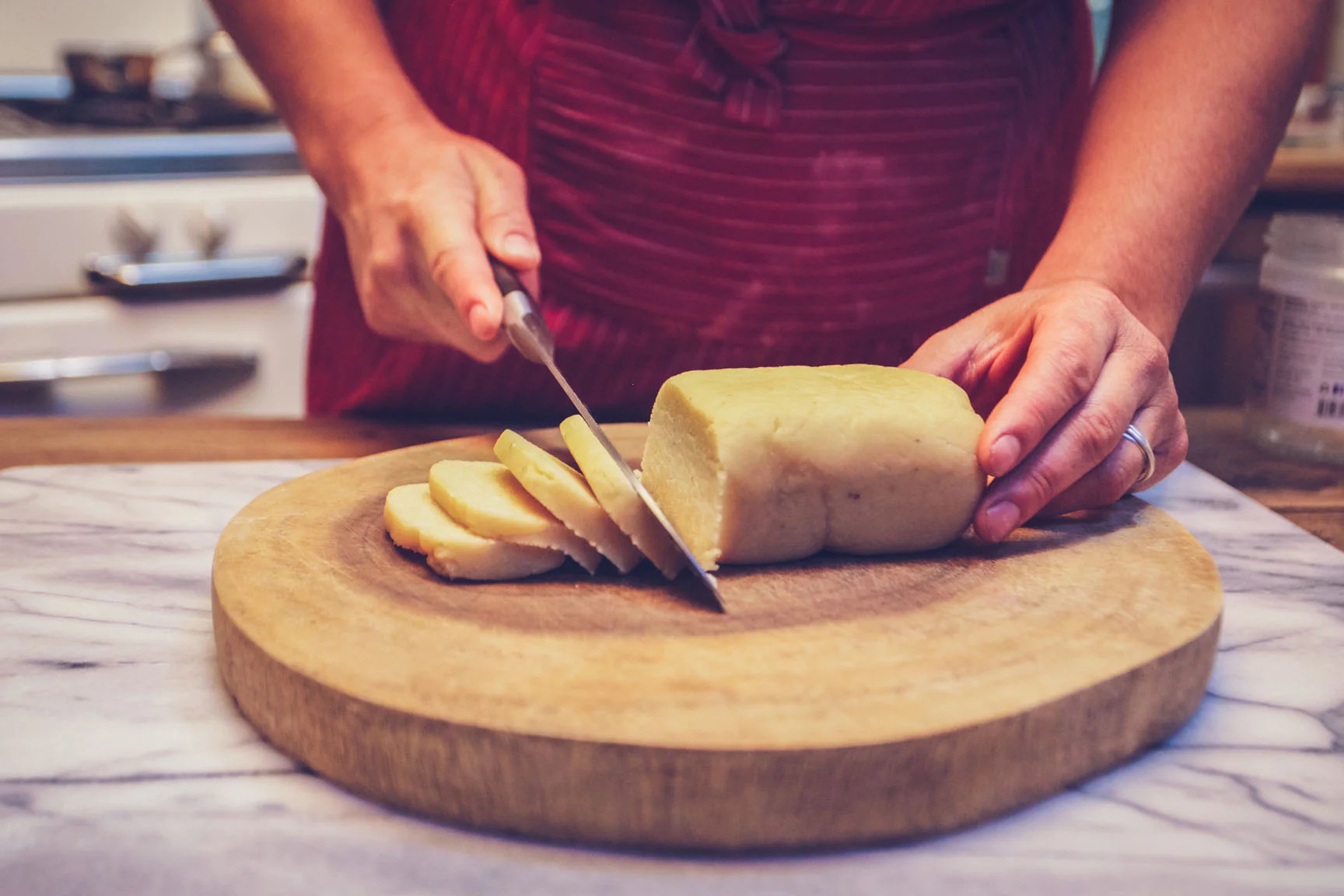


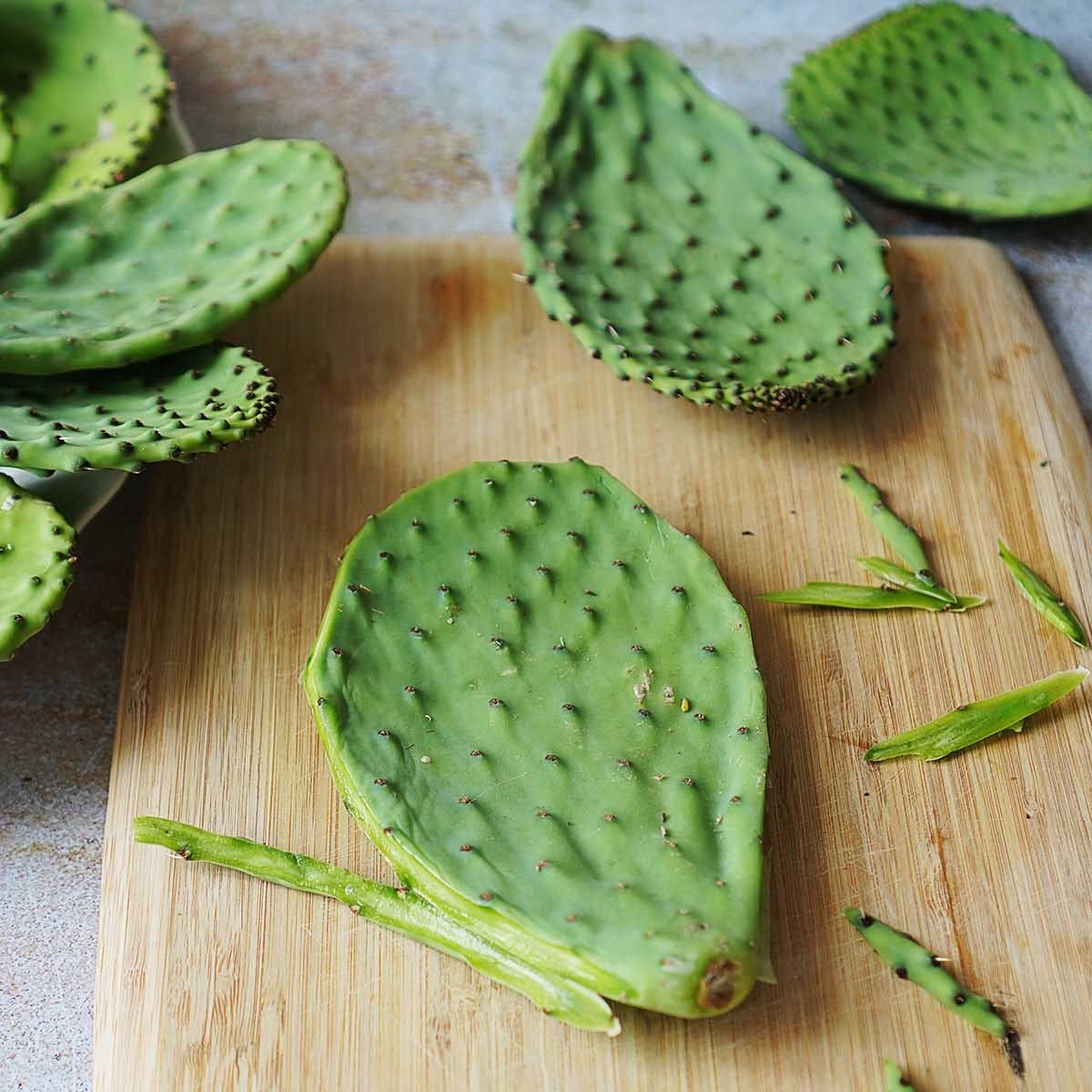
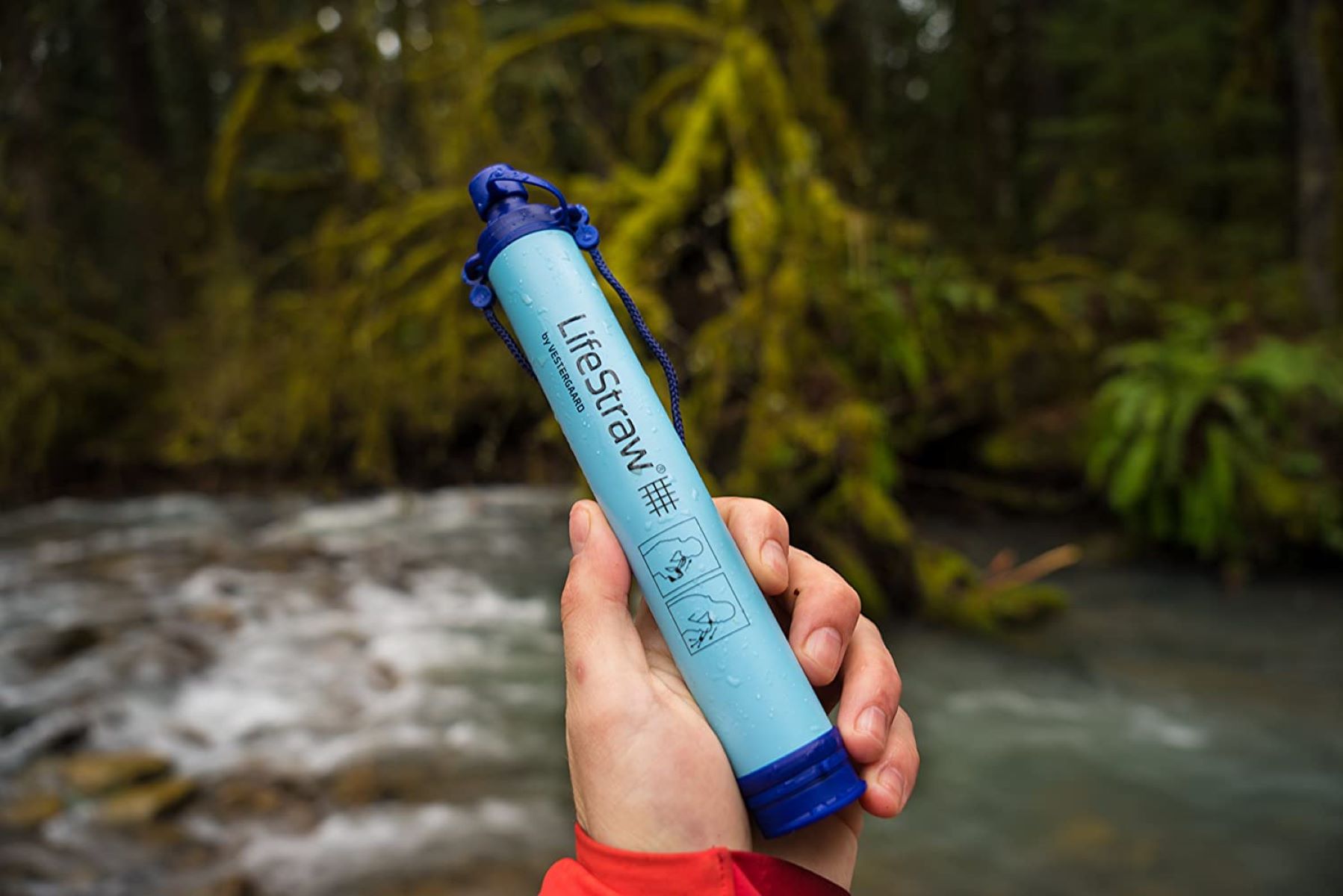
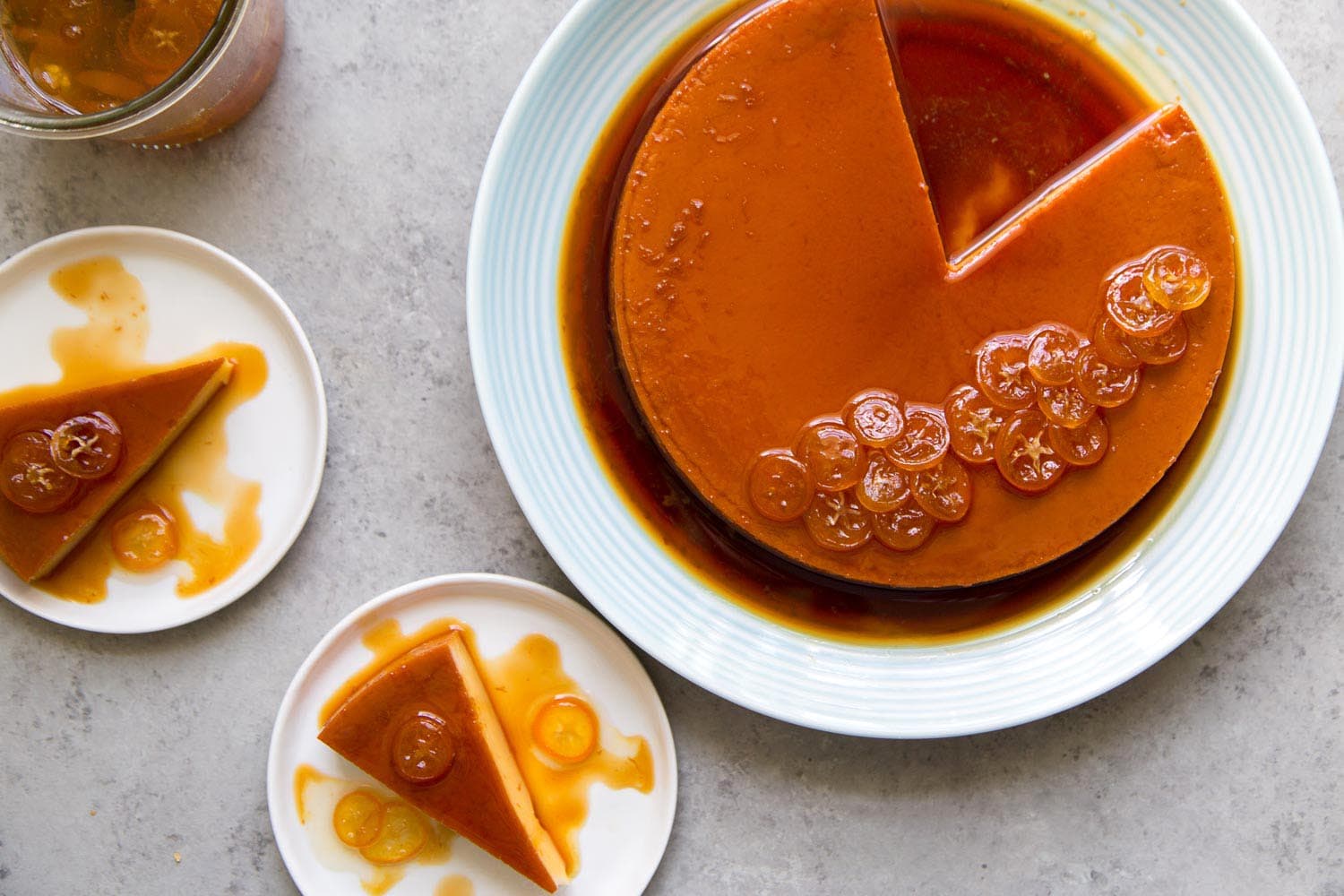



0 thoughts on “How To Store Chicharrones”